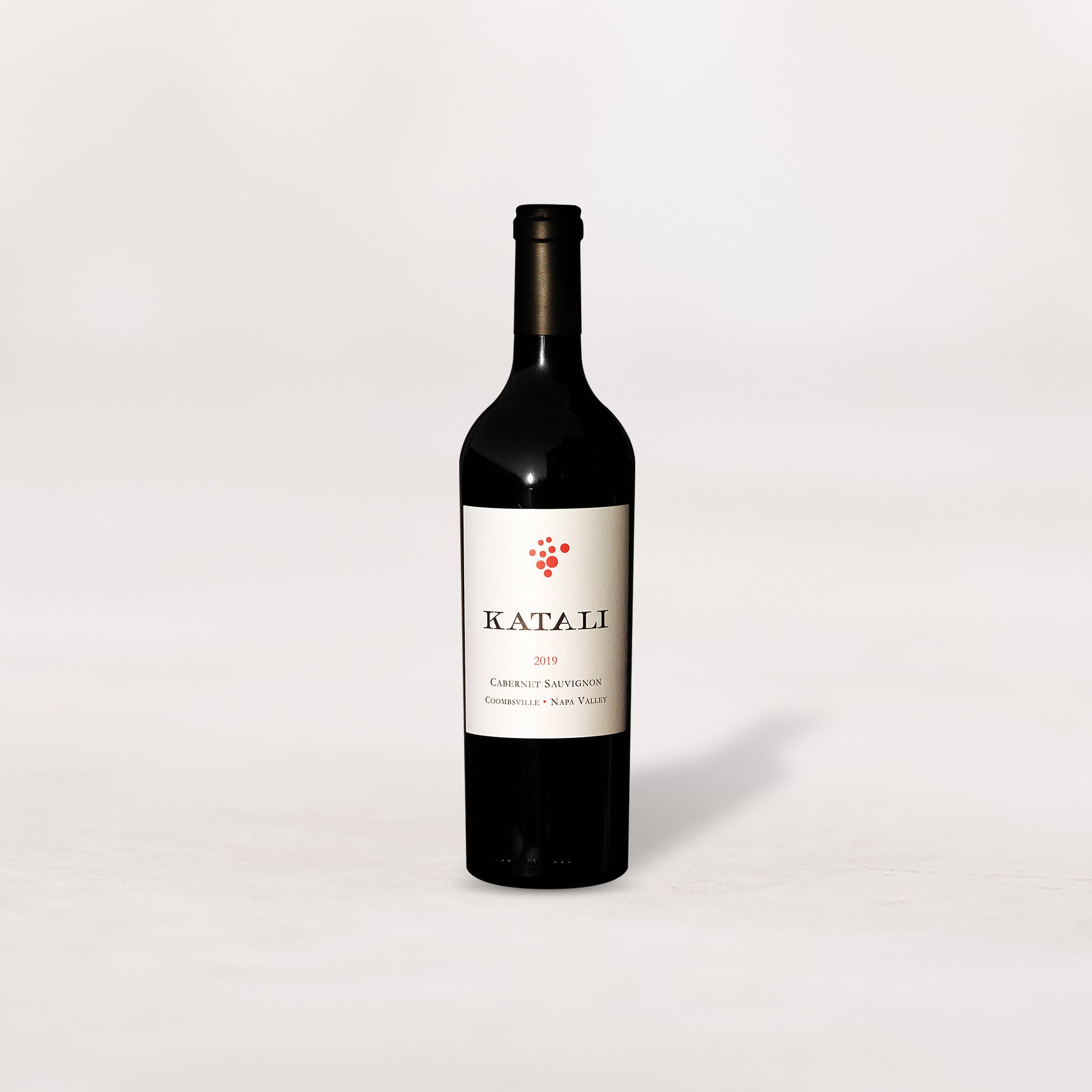The old narrative about the Barbera grape in Piedmont is that it was the variety you planted in places where the more “noble” Nebbiolo wouldn’t ripen. Barbera has also been typecast as the wine the farmers drink, so they can reserve the fancier Nebbiolo-based wines (Barolo, Barbaresco, etc.) for the customers. But Barbera is deserving of more respect. Perhaps the first Piedmontese winemaker to embrace this was the late Giacomo Bologna, who saw that the grape was capable of greatness if treated with appropriate care (and a healthy dose of oak aging). At Cascina Val di Prete, in Roero, they don’t even need the barrels: Just a well-positioned vineyard with old vines in sandy soils. This is a Barbera of serious structure and class, full of concentrated fruit, lively acidity, and mineral depth.
This estate is one of the stalwarts of the Roero DOCG zone, in Italy’s Piedmont region, just across the Tànaro River from another famous growing zone: Barolo. Similarities between Roero and Barolo abound, but there are subtle differences between the two appellations: They have similar clay/limestone marl soils, but Roero’s overall contain a higher percentage of sand.
Cascina Val di Prete (meaning “valley of the priest,” referring to a 19th century bishop
from Asti who lived here while in exile) is in Priocca d’Alba, about 30 kilometers
northeast of Barolo. It was acquired in 1977 by Bartolomeo Roagna, who was a sharecropper on the property, and later taken over by Bartolomeo’s son, Mario, and his wife, Maria Carla. Mario transitioned the farm exclusively to viticulture, and, in 2010, his son, Giovanni, started managing the family business (with Mario still very much involved).
Following a manual harvest in mid- to late September, the grapes are crushed and left to macerate on skins for 25-30 as the alcoholic fermentation begins (this lengthy maceration lends tannic structure that might otherwise have been imparted by wood barrels). The finished wine is aged for six months in stainless steel tanks, followed by a minimum of three months in bottle, before it is released. 100% Barbera.
Deep, nearly opaque ruby in color, with concentrated aromas of Morello cherry, blackberry, red and black currant, crushed stones, coffee grounds, and humid earth. Nearly full-bodied, the wine is rich and juicy but has a firm backbone and good energy—it is not syrupy, sweet or “hot,” which many modern Barberas can be. The acidity will serve this wine well up against a well-charred grilled ribeye or any other red meat you choose to throw at it.











